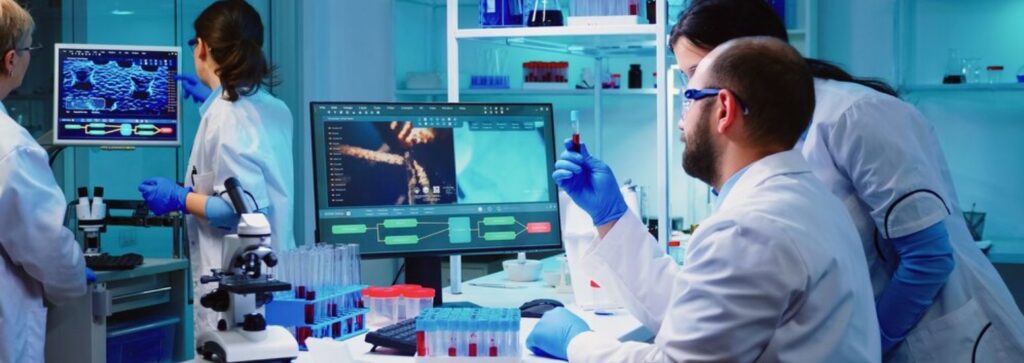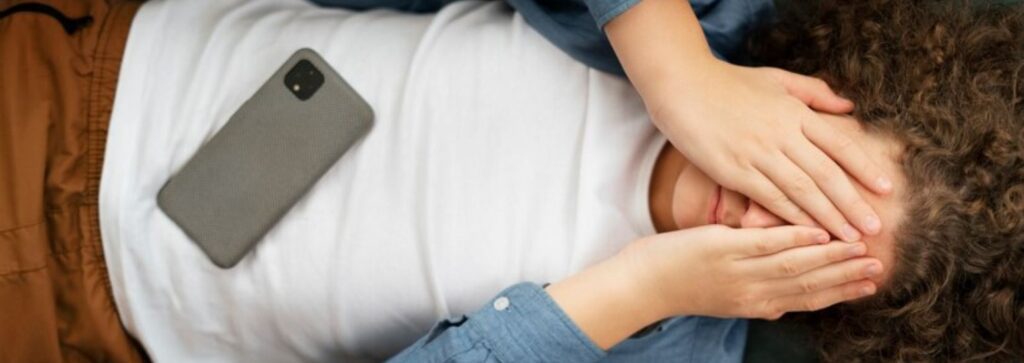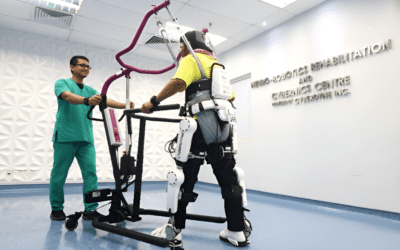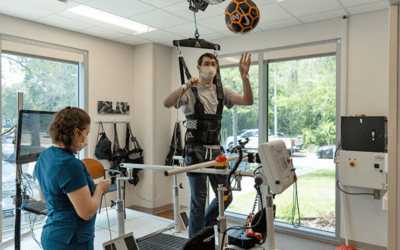When we have a long-lasting response to a traumatic event… Some life events can cause trauma. This risk exists when our life is in danger when we witness other people dying, or when we experience psychological, physical, or sexual violence. Psychological trauma happens when our mind’s defences can’t cope. It’s also called “psychodrama” to tell it apart from physical trauma.
Here are examples of traumatic events: road accidents, work accidents, severe illness, witnessing a suicidal gesture, incest, rape, psychological abuse in the workplace, childhood bullying, domestic violence, house flooding, attacks, and tragic accidents.
Trauma can cause specific symptoms like nightmares, intrusive thoughts about the event, and being constantly on edge. These symptoms usually decrease over time as we find ways to cope. However, if these symptoms persist for several weeks and significantly interfere with daily life, it could be a sign of post-traumatic stress disorder.
Complexity of PTSD – Stress Disorder:

A diagnosis of PTSD is made when a person has experienced a traumatic event and presents several symptoms causing distress and significant impairment in social functioning and quality of life. These symptoms may include reviviscence, avoidance, and neurovegetative activity.
Repeatedly reliving events can manifest in different ways. These might include sudden flashbacks that bring the scene back to life or make it feel like the attacker is still present. They could also include intrusive thoughts or images related to the event, recurring nightmares, or reflexive fear of sudden noises or movements. Spontaneous reliving can occur in response to various stimuli or during decreased vigilance, leading to physical manifestations of psychological distress such as sweating, pallor, tachycardia, stiffness, and breathing issues.
Avoiding thoughts, conversations, or people related to a traumatic experience is an attempt to avoid the pain associated with the event. Trying to push these memories away stems from the fear of intrusive thoughts, but these attempts are generally ineffective and can reinforce the original fear.
Mood disturbances, reduced responsiveness, and a lack of interest in usual activities are often present. Additionally, signs of neurovegetative activity, such as hypervigilance, irritability, difficulty concentrating, and sleep disorders, may develop.
Conditions and Need for PTSD Diagnosis.

Clinical examination, based on standard psychiatric diagnostic criteria and Doctors diagnose post-traumatic stress disorder (PTSD) when
- The person has been exposed directly or indirectly to a traumatic event.
- Symptoms persist for 1 month or more.
- The symptoms cause significant suffering or significantly interfere with the person’s functioning.
- The person exhibits symptoms belonging to each of the symptom categories associated with PTSD (intrusion symptoms, avoidance symptoms, adverse effects on thoughts and mood, and altered alertness and reactions).
- Doctors also cheque to ensure the symptoms are not due to medication use or another disorder.
- In addition to the mentioned symptoms, doctors diagnose the dissociative subtype of PTSD when the person exhibits signs of depersonalisation and derealisation.
Need deeper observation:
PTSD often goes undiagnosed due to the diversity and complexity of the symptoms it causes. Sometimes, the trauma may not be evident to the doctor, and people are not always willing to talk about their trauma. Additionally, the presence of a substance use disorder or other mental health disorder (e.g., depression, anxiety) may distract from PTSD. When diagnosis and treatment are delayed, PTSD can chronically disable the person.
Devices used for Stress Disorder Rehabilitation – PSTD
- Mobility aids are vital in assisting individuals with their daily mobility needs. These aids include wheelchairs, scooters, walkers, canes, crutches, prosthetics, and orthotics.
- Hearing aids enhance people’s hearing ability and clarity.
- Cognitive aids, like computer or electrical assistive devices, help people with memory, attention, or other thinking challenges.
- Software and hardware, such as voice programmes programs, screen readers, and screen enlargement applications, aid individuals with mobility and sensory impairments use computers and mobile devices.
- Assistive tools like automatic page-turners, book holders, and adapted pencil grips allow learners with disabilities to engage in educational activities fully.
- Closed captioning eClosed that individuals with hearing impairments can enjoy movies, TV shows, and digital media.
- Physical modifications to buildings, such as ramps, grab bars, and wider doorways, make them more accessible for individuals with disabilities.
- Lightweight, high-performance mobility devices empower persons with disabilities to participate actively in sports and physical activities.
- Adaptive switches and utensils enable those with limited motor skills to partake in activities such as eating and playing games independently.
- Devices and features such as specialised handles and grips, extended reach devices, and lights on telephones and doorbells facilitate individuals in tasks like cooking, dressing, and grooming. These enhancements contribute to a more inclusive and supportive environment for individuals with disabilities.
Treatment of PSTD – Stress Disorder

Self-care, Psychotherapy & Sometimes medications. Treatment of other disorders, such as substance use or significant depression
Self-care: Self-care is essential during and after a crisis or trauma. Self-care can be divided into three types:
Personal security: Personal safety is fundamental. After a single traumatic episode, the person is better able to cope with the experience when they know that they and their loved ones are safe. However, it can be difficult to achieve complete security during crises such as domestic abuse, war, or an infectious pandemic. When a person is going through such difficulties, they are advised to seek expert advice on how they and their loved ones can be kept as safe as possible.
Physical health and being Mindfulness: Physical health can be compromised during and after traumatic experiences. Everyone should try to maintain healthy eating, sleeping, being in a state self control, and exercising schedules. Sedative and intoxicating medications or drugs (e.g., alcohol) should be used in moderation, if at all.
Hobbies: Engaging in familiar hobbies and activities that the person may find fun and distracting, such as drawing, watching a movie, or cooking, is helpful.
Engaging with people: Community participation can be crucial, even if it is difficult to maintain human contact during a crisis.
Get ready to meet your therapist for PSTD for your loved ones.
What can you do before meeting a Stress Disorder Rehabilitation therapist?
Before your appointment, make a list of:
Please make sure to include the following information:
- Details of any symptoms you have been experiencing and their duration.
- Critical personal information, particularly events or experiences that have caused intense fear, helplessness, or horror.
- Activities you have stopped doing or are avoiding due to stress.
- Your medical information, including any diagnosed physical or mental health conditions, medications, supplements, and dosages.
- Prepare questions to ask during your appointment for the most effective consultation.
To know more please contact us – Rehab Modalities



